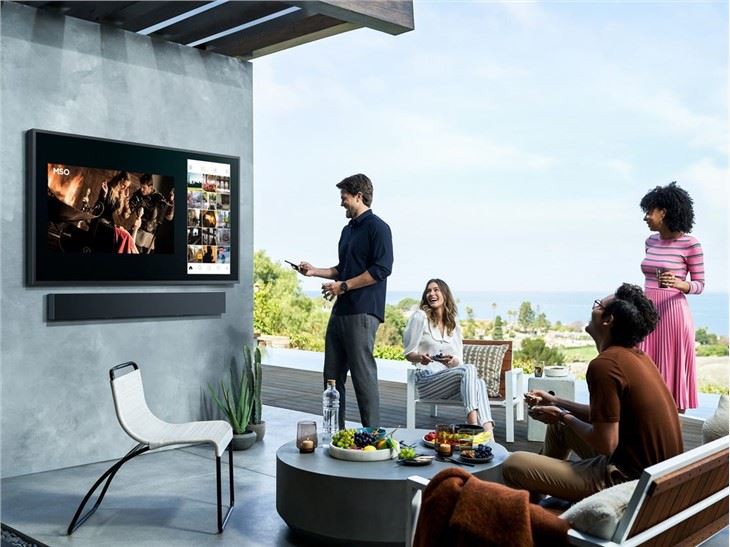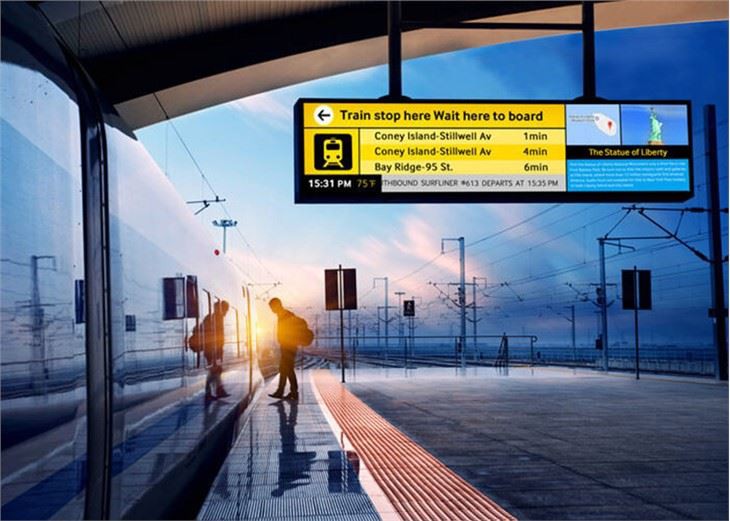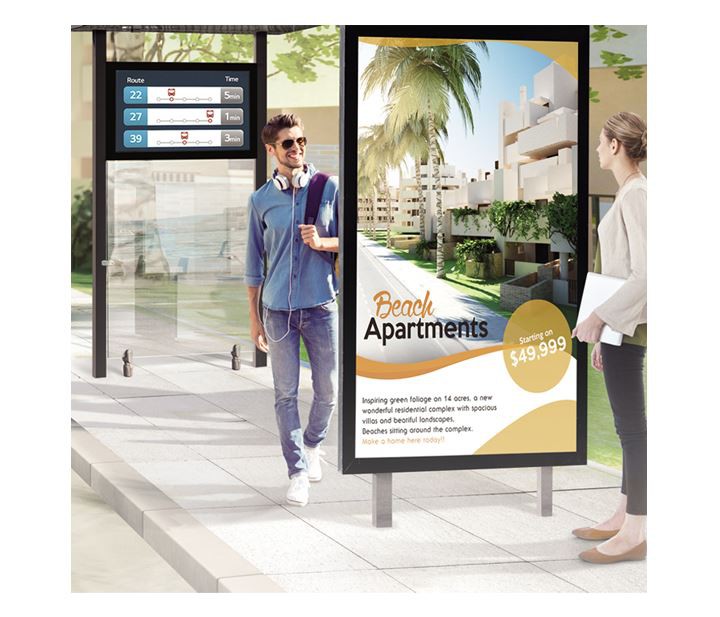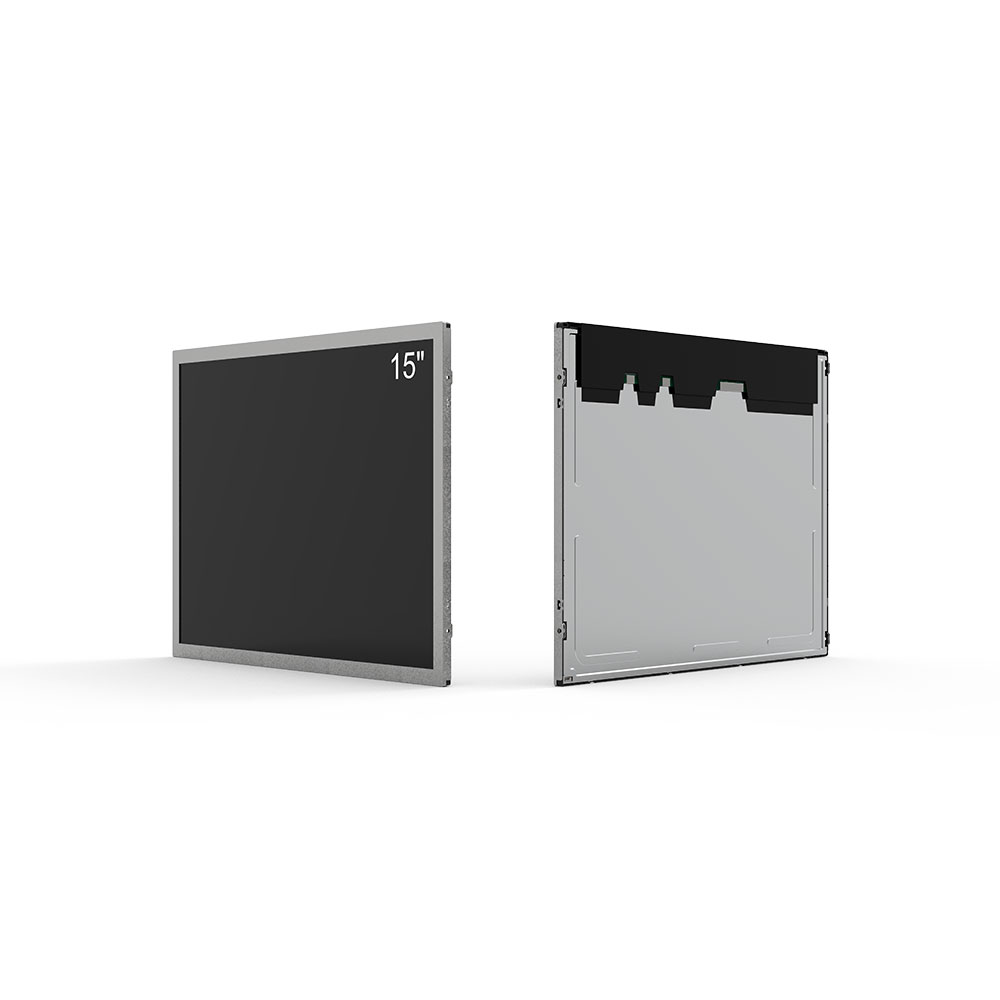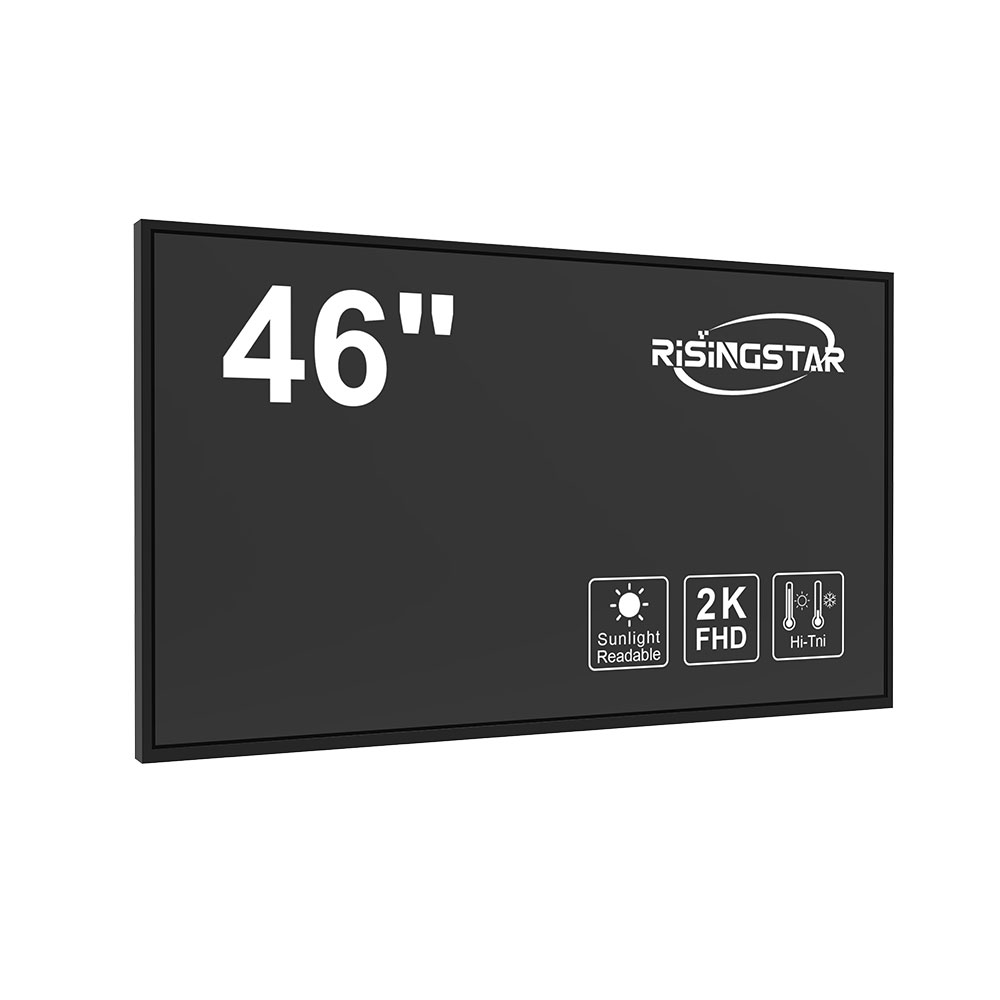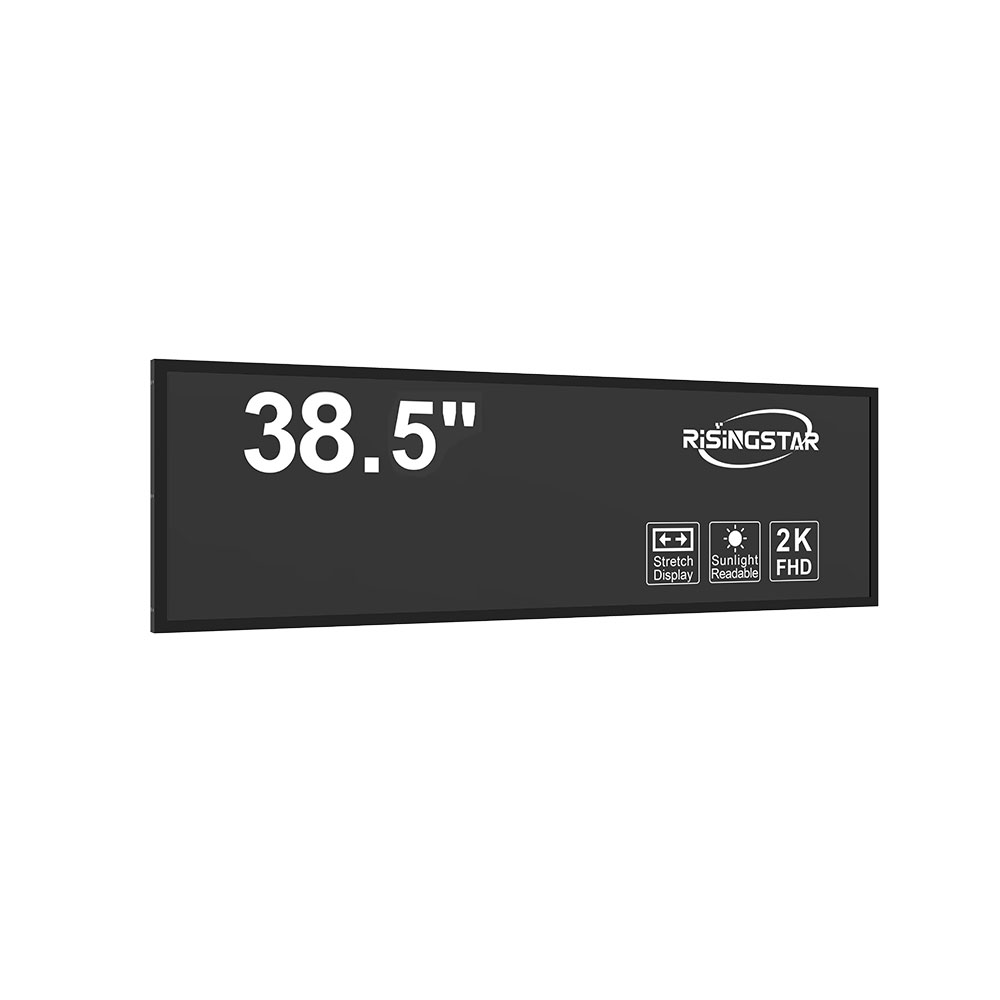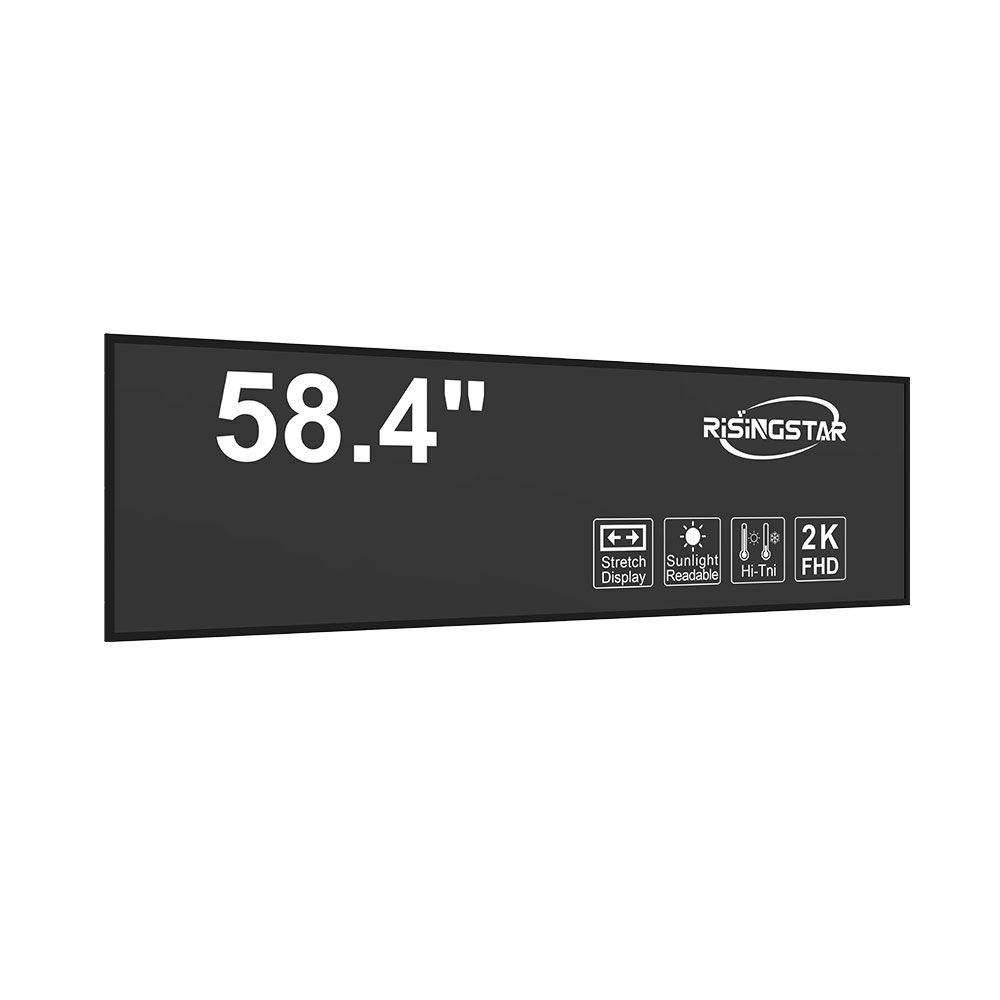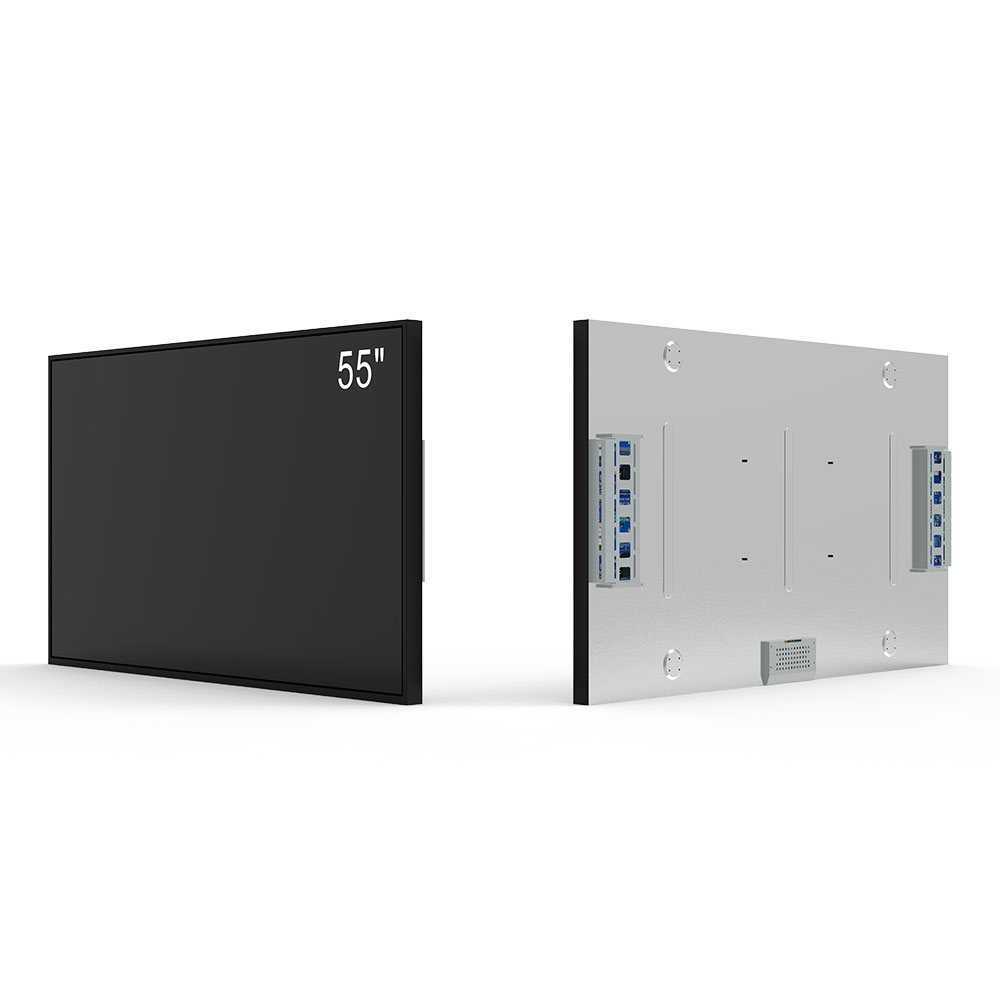In modern transportation networks, passenger information displays (PIDs) have evolved from simple static signs to dynamic, high-brightness outdoor LCD screens that deliver real-time updates, safety alerts, and wayfinding assistance. These systems are now critical infrastructure components in airports, metro stations, bus terminals, and train platforms worldwide—particularly as cities adopt smart mobility solutions. According to the International Association of Public Transport (UITP), over 70% of major urban transit agencies have upgraded to digital PID systems in the past decade, driven by the need for improved passenger experience, operational efficiency, and accessibility compliance.
High-brightness outdoor LCD displays used in PIDs typically operate at 5,000 to 10,000 nits of luminance—far exceeding indoor display standards—to ensure visibility under direct sunlight, rain, or snow. This is achieved through advanced backlighting technologies such as LED arrays with local dimming control, anti-glare coatings, and IPS (In-Plane Switching) panels that maintain color accuracy across wide viewing angles. For instance, Tokyo Metro’s implementation of 8,000-nit LCDs on platform edges reduced passenger confusion during peak hours by 42%, per a 2023 case study published by the Japan Society of Mechanical Engineers.
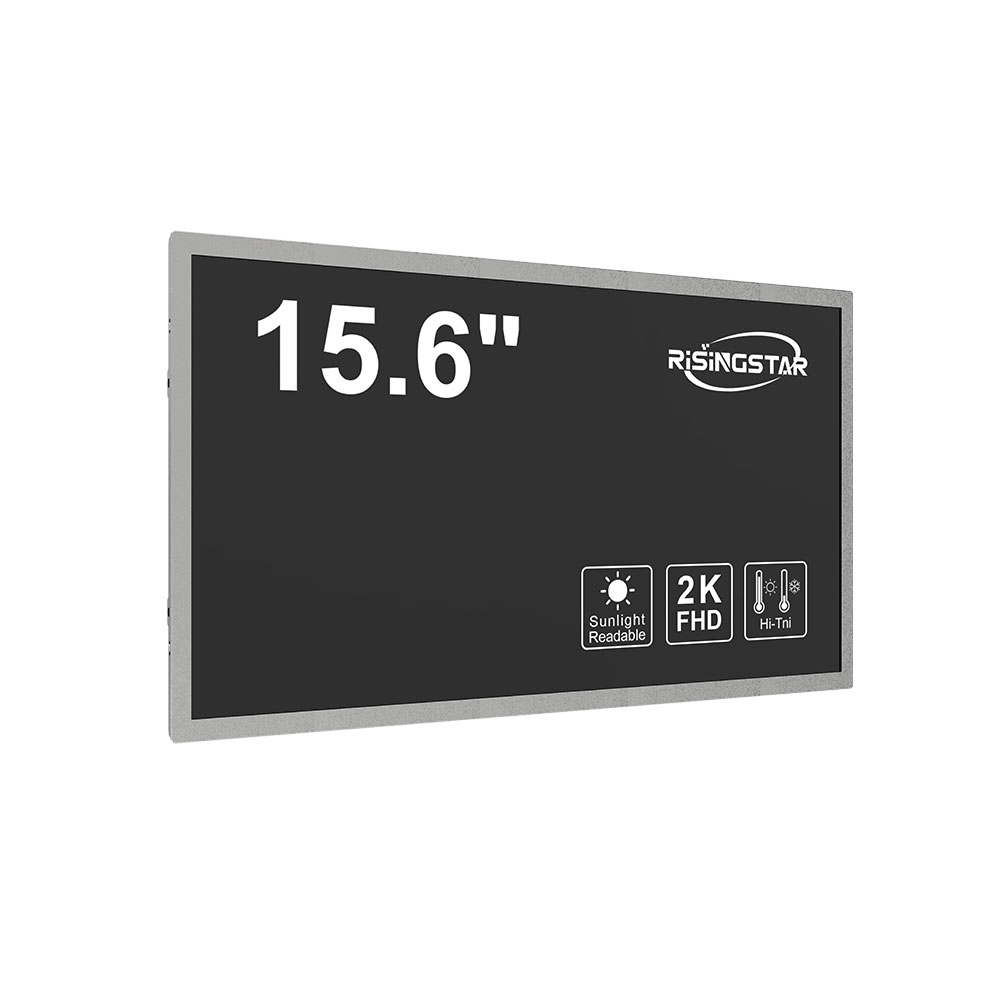
The integration of IP65 or higher ingress protection ratings ensures durability against dust, water spray, and extreme temperatures (-30°C to +60°C). These ruggedized displays are often mounted using corrosion-resistant aluminum frames and sealed enclosures certified to EN 60529 standards. In Dubai’s Metro system, where ambient temperatures can exceed 45°C, Philips’ outdoor-grade LCD modules have demonstrated a mean time between failures (MTBF) of over 100,000 hours—an industry benchmark validated by the IEEE Reliability Society.
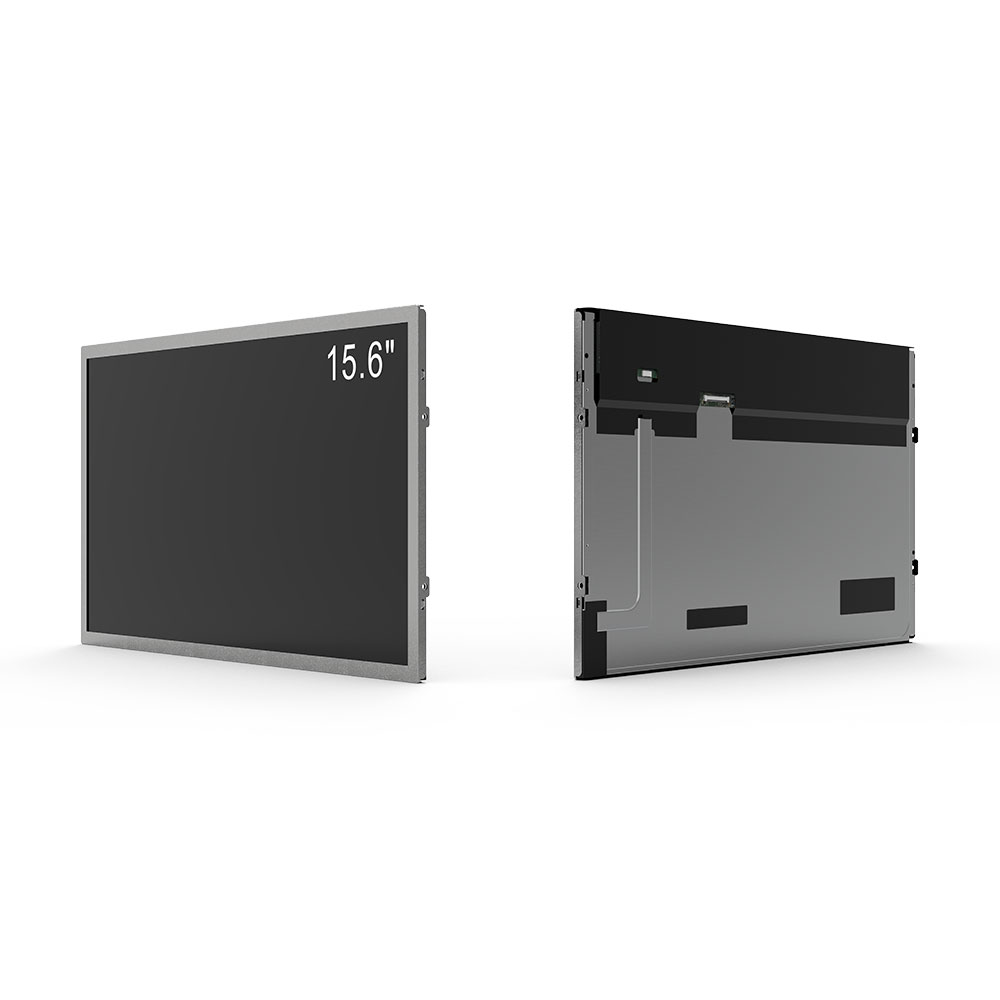
Data connectivity via Ethernet, Wi-Fi 6, or 5G allows these displays to sync with central control systems like Siemens Trainguard MT or Alstom’s OCTOPUS platform. Real-time updates—including delays, service changes, and emergency notifications—are pushed automatically, reducing manual intervention. A 2022 report by McKinsey & Company found that such automation lowers maintenance costs by up to 30% while increasing rider satisfaction scores by 25 points on average.
Moreover, accessibility compliance with ADA (Americans with Disabilities Act) and EN 301 549 standards mandates features like audio announcements, high-contrast text, and tactile interfaces. In London Underground’s recent rollout, touchless infrared sensors combined with multilingual voice output increased accessibility for visually impaired passengers by 68%, according to Transport for London (TfL) metrics.
From a cybersecurity perspective, modern PIDs must support encrypted firmware updates, role-based access controls, and secure boot mechanisms compliant with ISO/IEC 27001. Failure to implement these can expose systems to spoofing attacks, as seen in a 2021 incident at a U.S. airport where fake boarding messages caused temporary chaos.
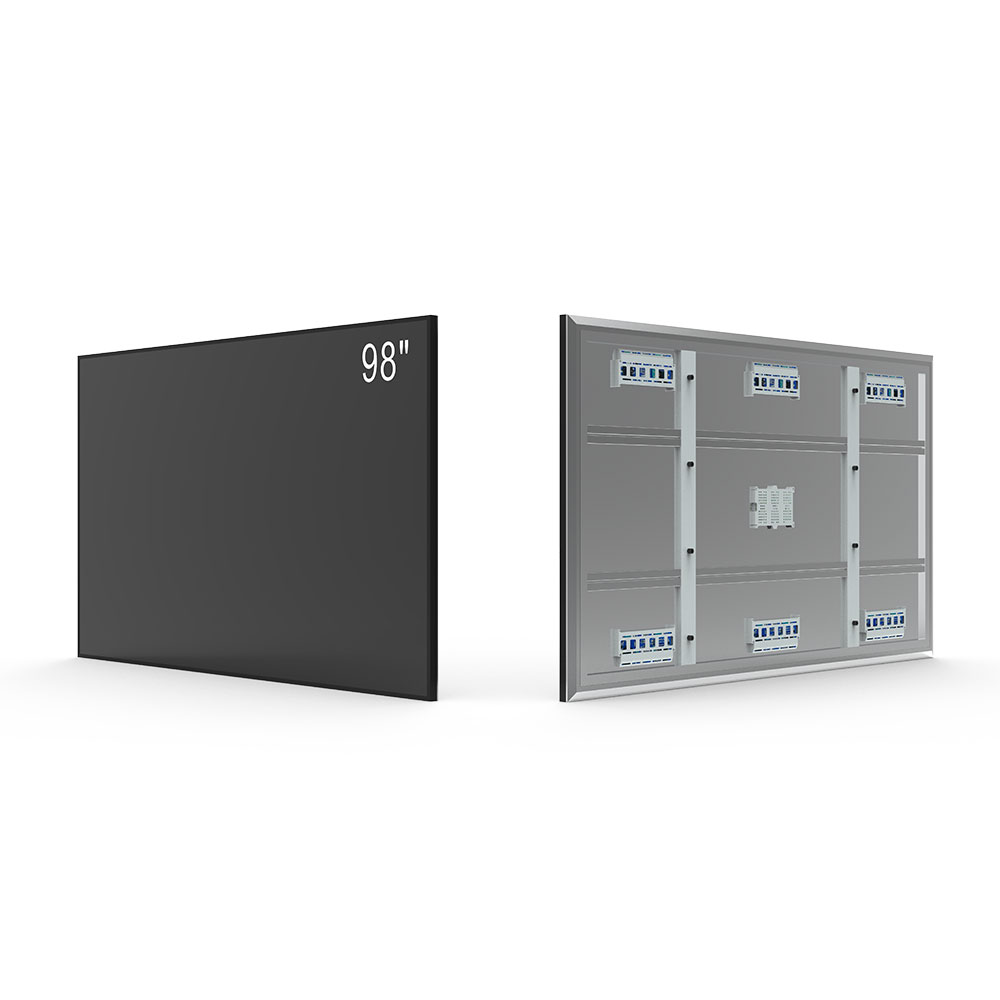
In summary, high-brightness outdoor LCD displays are no longer optional—they are essential for resilient, inclusive, and future-ready public transit. Their successful deployment hinges on a balance of brightness engineering, environmental resilience, seamless data integration, and robust security protocols. As global urban populations grow, investing in intelligent PIDs will remain a top priority for transit authorities aiming to meet evolving traveler expectations.





